Scientists have identified 4 distinct autism subtypes
They could lead to more accurate diagnosis and care

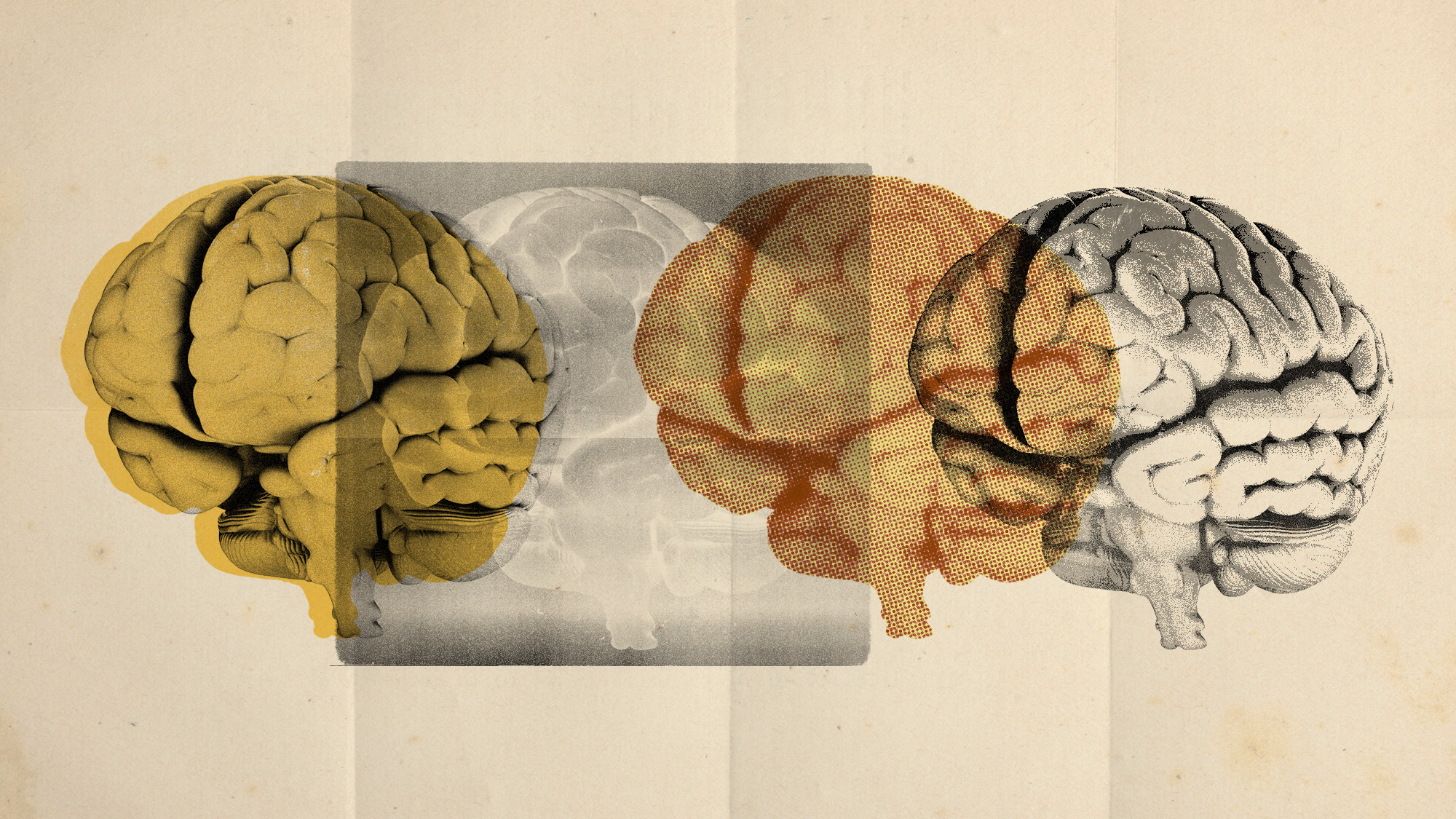
While those with autism can have overlapping symptoms and behaviors, it has been difficult to identify the different ways the condition appears in different people. But now scientists have pinpointed four clinically and biologically distinct subtypes of autism spectrum disorder, according to a study on children published in the journal Nature Genetics. Understanding the unique characteristics of each may help in more accurate diagnoses and personalized care plans for ASD.
Four new types
The four autism subtypes are social and behavioral challenges, mixed ASD with developmental delay, moderate challenges, and broadly affected, according to a study published in the journal Nature Genetics. While it's already known that autism is tied to genetics, this study "takes an approach that differs from classic gene discovery efforts by identifying robust autism subtypes that are linked to distinct types of genetic mutations and affected biological pathways," said a news release on the study. Each of the subtypes has certain characteristics associated with it.
Social and behavioral challenges: Children in this group have "more difficulty with social communication and restrictive and repetitive behaviors than other autistic children," as well as "more challenges with disruptive behavior, attention and anxiety," said Scientific American. Those in this subtype, however, "do not experience significant developmental delays."
The Week
Escape your echo chamber. Get the facts behind the news, plus analysis from multiple perspectives.

Sign up for The Week's Free Newsletters
From our morning news briefing to a weekly Good News Newsletter, get the best of The Week delivered directly to your inbox.
From our morning news briefing to a weekly Good News Newsletter, get the best of The Week delivered directly to your inbox.
Mixed ASD with developmental delay: Those in this subtype tend to "reach developmental milestones, such as walking and talking, later than children without autism," said the release. They usually do not display disruptive behaviors or show signs of anxiety and depression. The term "mixed" refers to "differences within this group with respect to repetitive behaviors and social challenges."
Moderate challenges: This subtype tends to display "core autism-related behaviors but less strongly than those in the other groups," said the release. They "usually reach developmental milestones on a similar track to those without autism" and do not tend to have other psychiatric conditions in tandem with ASD.
Broadly affected: This category makes up the smallest proportion of the study participants and is characterized by "more severe and wide-ranging difficulties with social communication, restrictive and repetitive behaviors, and other core autistic traits, including developmental delays," said Scientific American. These children also tend to have co-occurring conditions like depression and anxiety.
While there's still variation within these groups, participants in each were "more similar to one another than they were to participants in other groups," said Scientific American. These findings are "powerful because the classes represent different clinical presentations and outcomes, and critically, we were able to connect them to distinct underlying biology," said Aviya Litman, the co-lead author of the study, in the release.
A free daily email with the biggest news stories of the day – and the best features from TheWeek.com
Spectrum of care
Identifying the different forms autism can take, as well as their genetic pathways, allows families to have "groups where they can really understand how they belong and what kind of prognosis their child might have," senior study author Olga Troyanskaya said to Medscape. It also allows for more accurate diagnosis and care plans to aid people with autism. "Future research could also examine how interventions may differ among the classes," said the study.
Cases of autism in the U.S. have increased to one in 31 8-year-olds from one in 54 8-year-olds in 2016 and one in 150 in 2000, according to the Centers for Disease Control and Prevention. Much of the increase is due to improved diagnostic tools and a broader designation for who qualifies as autistic. The expanded criteria have allowed many people to get the help they require, and these subtypes could further assist with diagnosis.
Since the scope of this study is limited, there are likely many other subtypes yet to be identified. For families "navigating autism, understanding their child's specific subtype can provide greater clarity and open the door to more personalized care, support and connection," Natalie Sauerwald, the co-lead author of the paper, said to Scientific American.
Devika Rao has worked as a staff writer at The Week since 2022, covering science, the environment, climate and business. She previously worked as a policy associate for a nonprofit organization advocating for environmental action from a business perspective.
-
 Why are micro-resolutions more likely to stick?
Why are micro-resolutions more likely to stick?In the Spotlight These smaller, achievable goals could be the key to building lasting habits
-
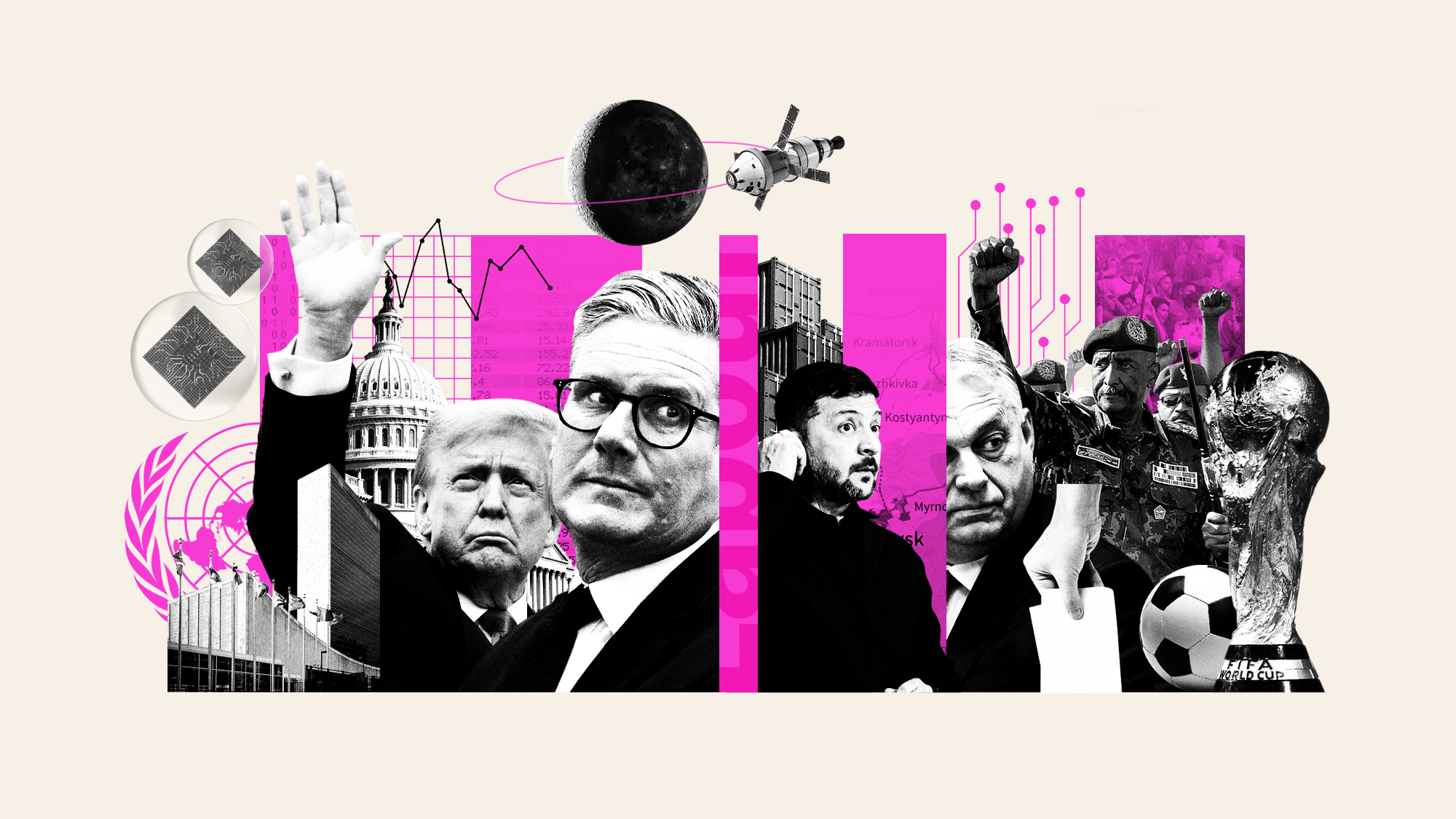 What will happen in 2026? Predictions and events
What will happen in 2026? Predictions and eventsIn Depth The new year could bring peace in Ukraine or war in Venezuela, as Donald Trump prepares to host a highly politicised World Cup and Nasa returns to the Moon
-
 Why is Trump’s alleged strike on Venezuela shrouded in so much secrecy?
Why is Trump’s alleged strike on Venezuela shrouded in so much secrecy?TODAY'S BIG QUESTION Trump’s comments have raised more questions than answers about what his administration is doing in the Southern Hemisphere
-
 Deaths of children under 5 have gone up for the first time this century
Deaths of children under 5 have gone up for the first time this centuryUnder the radar Poor funding is the culprit
-
 A fentanyl vaccine may be on the horizon
A fentanyl vaccine may be on the horizonUnder the radar Taking a serious jab at the opioid epidemic
-
 RFK Jr. sets his sights on linking antidepressants to mass violence
RFK Jr. sets his sights on linking antidepressants to mass violenceThe Explainer The health secretary’s crusade to Make America Healthy Again has vital mental health medications on the agenda
-
 Vaccine critic quietly named CDC’s No. 2 official
Vaccine critic quietly named CDC’s No. 2 officialSpeed Read Dr. Ralph Abraham joins another prominent vaccine critic, HHS Secretary Robert F. Kennedy Jr.
-
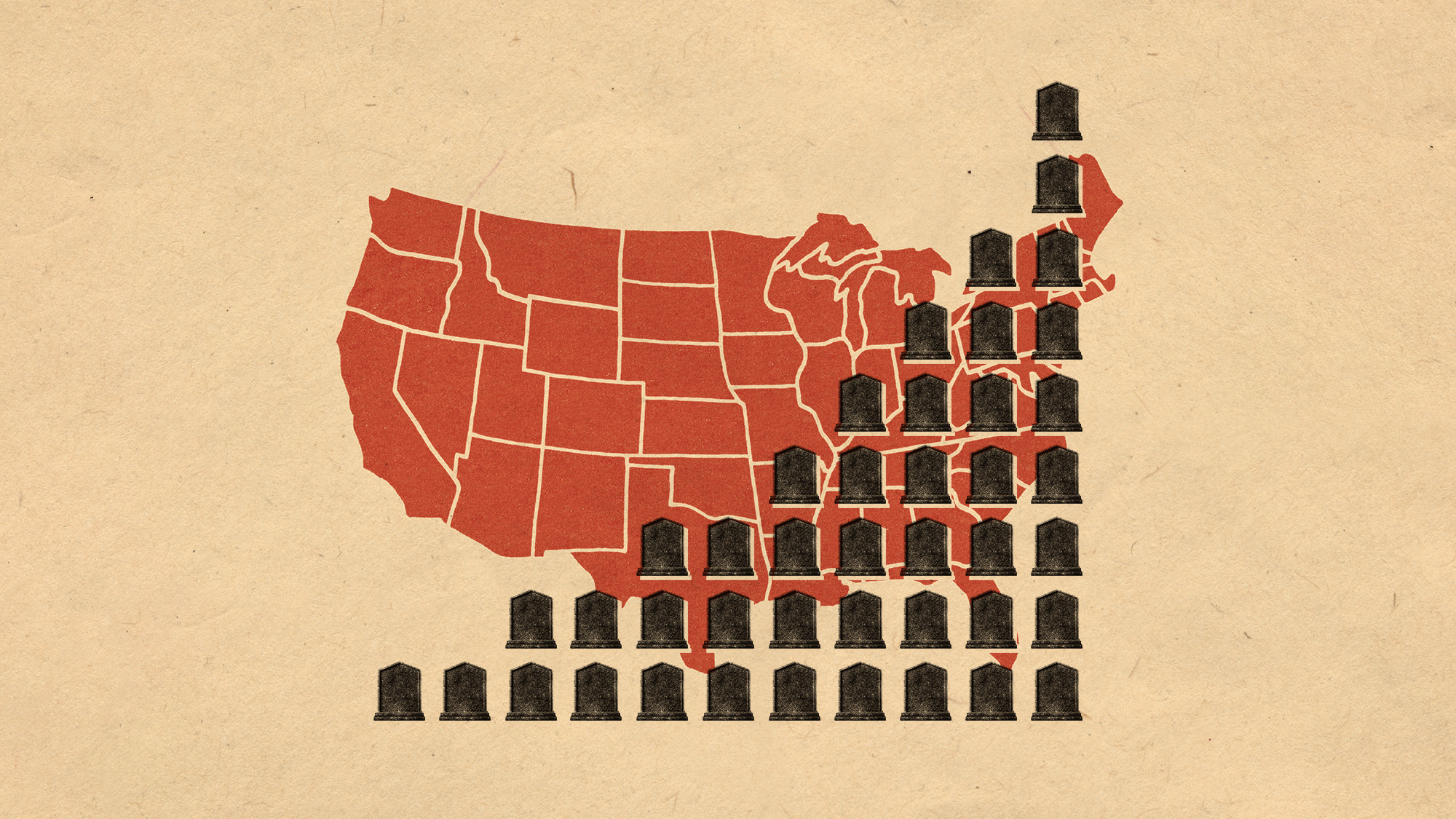 More adults are dying before the age of 65
More adults are dying before the age of 65Under the radar The phenomenon is more pronounced in Black and low-income populations
-
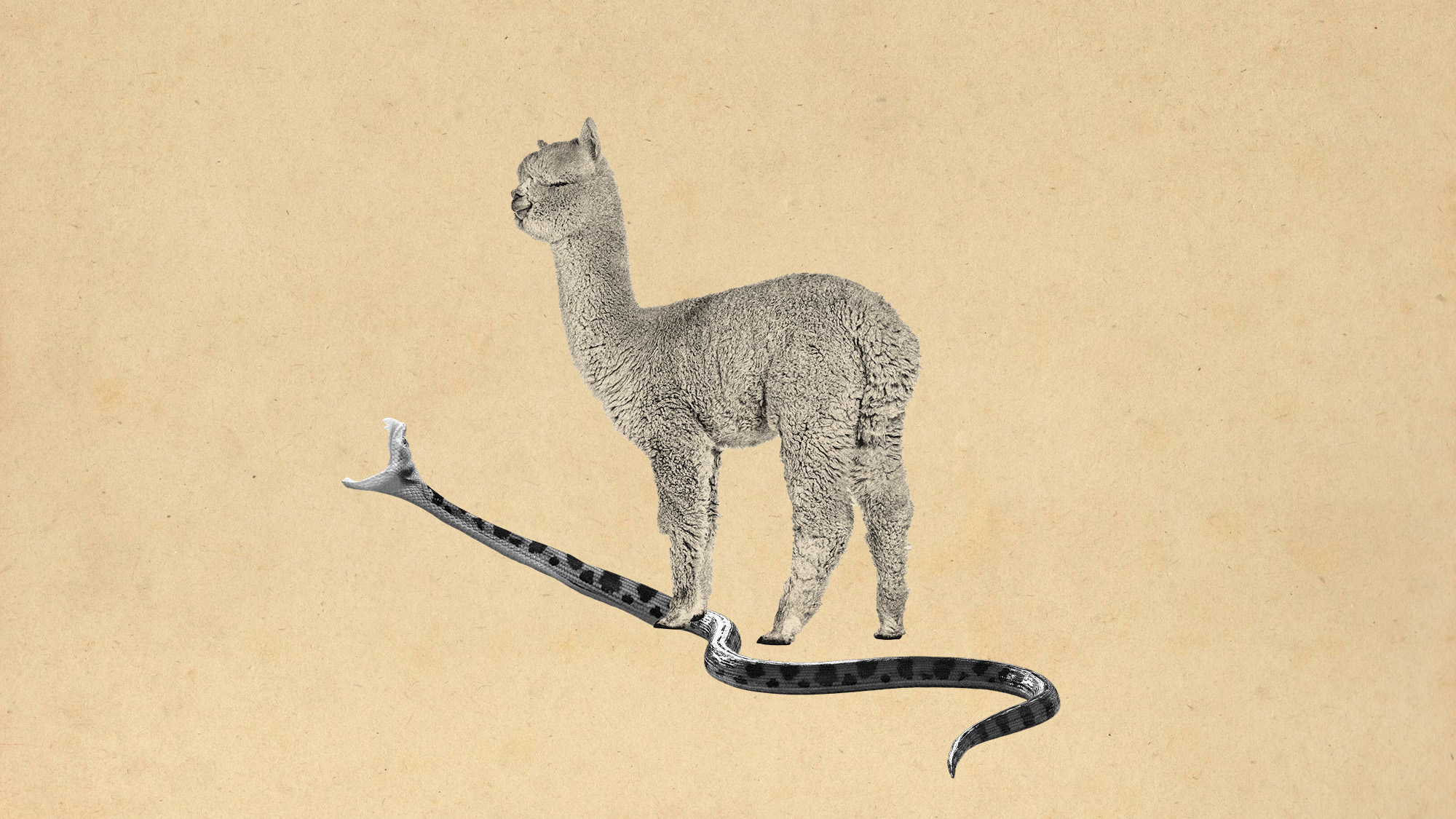 Scientists have developed a broad-spectrum snake bite antivenom
Scientists have developed a broad-spectrum snake bite antivenomUnder the radar It works on some of the most dangerous species
-
 Covid-19 mRNA vaccines could help fight cancer
Covid-19 mRNA vaccines could help fight cancerUnder the radar They boost the immune system
-
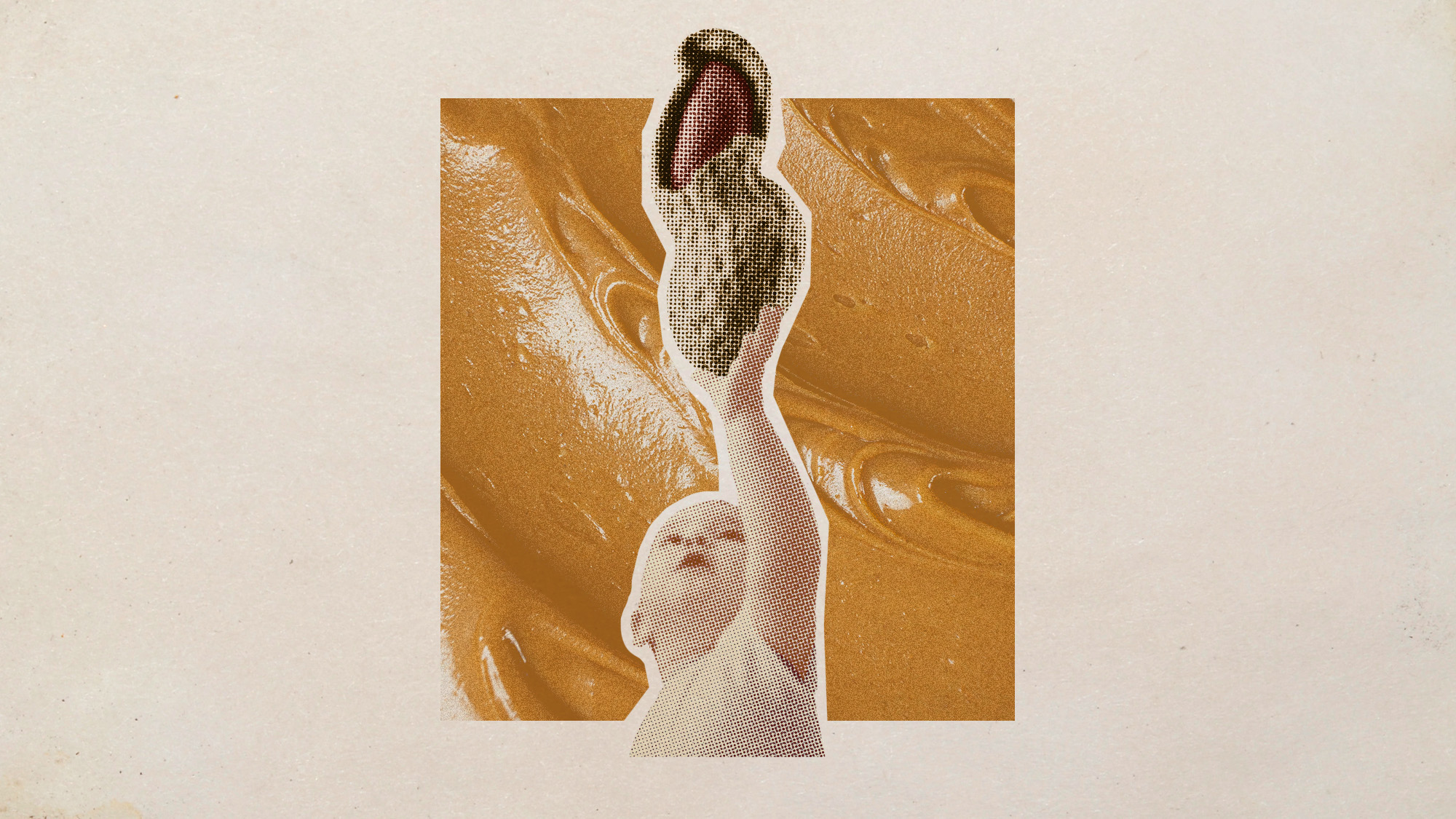 Peanut allergies have plummeted in children
Peanut allergies have plummeted in childrenUnder the radar Early introduction could be an effective prevention method
